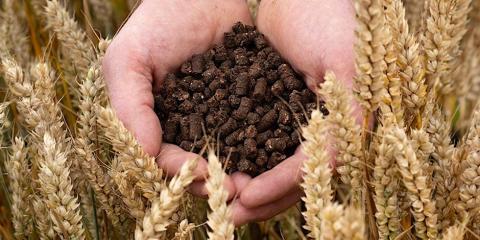Register for the event HERE
It is a well-known fact that, on average, half of a crop's carbon footprint relates to the production and application of manufactured, artificial fertiliser. Nitrogen is agriculture's most used fertiliser nutrient; yet studies have shown that crops use only 50% of applied N effectively, while the rest is lost to the surrounding environment.
This event will explore opportunities for enhancing nitrogen use efficiency (NUE) as well as applying low emission fertilisers as unique and more climate neutral alternatives.
We will hear from Tom Jewers, who is applying a variety of different sugary products to his fields, including molasses and Coca-Cola. There will also be a presentation from Richard Ling, who is involved in an ongoing project with Nestlé, trialling low-carbon cocoa-shell fertiliser made from chocolate factory waste.
Please arrive at G.D. Jewers & Son at 10am for refreshments. The farm tour will commence at 10.30am.
The address is: Wood Hall, Rattlesden, Bury St Edmunds, Suffolk, IP30 0RP.
What3words is: ///amounting.brisk.registry
Outline schedule below.
· Welcome and refreshments
· Farm Tour - Tom Jewers (G.D. Jewers & Son)
· Lunch - served at Rattlesden Pavilion Village Hall (IP30 0RT)
· Presentation by Tom Jewers
· Presentation by Richard Ling (Rookery Farm)



